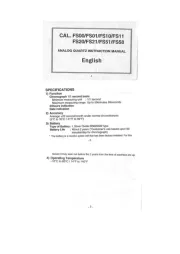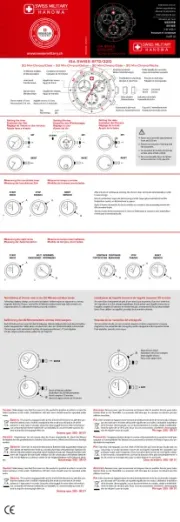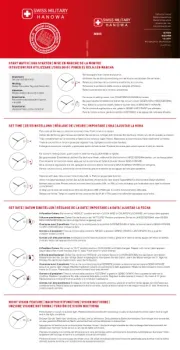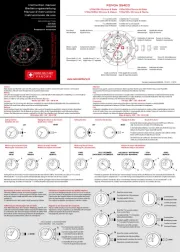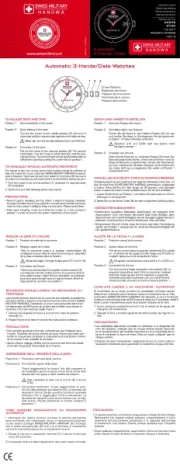Casio DQD-120B Manual
Læs gratis den danske manual til Casio DQD-120B (4 sider) i kategorien Ur. Denne vejledning er vurderet som hjælpsom af 24 personer og har en gennemsnitlig bedømmelse på 4.5 stjerner ud af 12.5 anmeldelser.
Har du et spørgsmål om Casio DQD-120B, eller vil du spørge andre brugere om produktet?

Produkt Specifikationer
| Mærke: | Casio |
| Kategori: | Ur |
| Model: | DQD-120B |
Har du brug for hjælp?
Hvis du har brug for hjælp til Casio DQD-120B stil et spørgsmål nedenfor, og andre brugere vil svare dig
Ur Casio Manualer

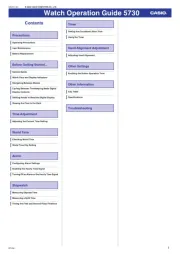
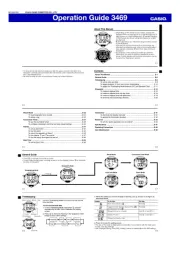
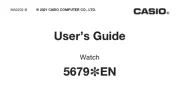
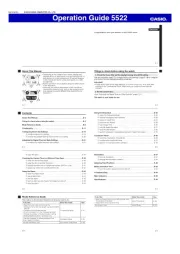
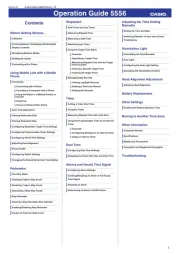
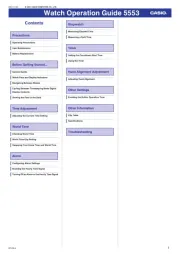
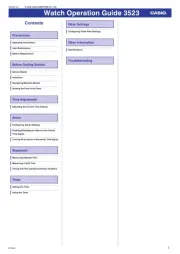


Ur Manualer
- Klaus Kobec
- Marc Jacobs
- Lacoste
- PAUL HEWITT
- JUNG
- Puma
- Elation
- Tommy Hilfiger
- Executive
- Cresta
- TCM
- Swiza
- Hager
- Inter-Quartz
- TFA
Nyeste Ur Manualer
